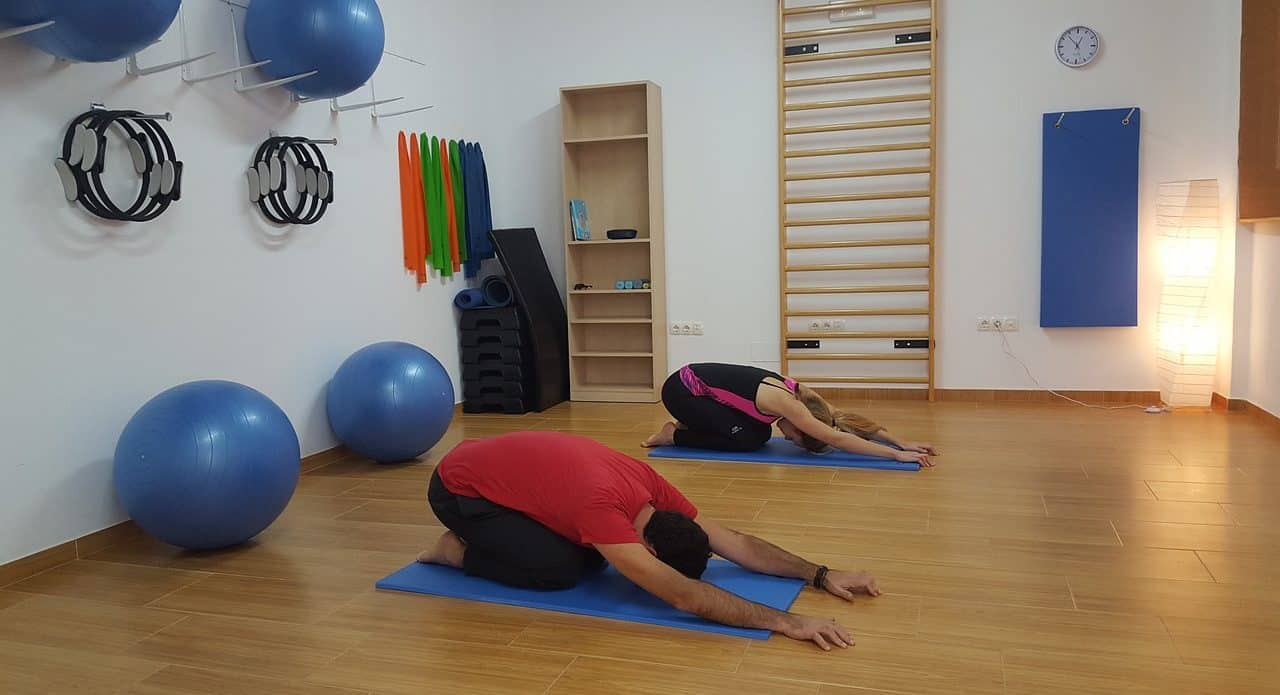
Muscle relaxation is achieved when the contraction of a muscle ends.
Muscle relaxation is the state reached when the contraction of a muscle ends. In this way, relaxation implies that the fibers return to their original place as a result of the termination of a nervous impulse.
It should be noted that relaxation is the process and result of relaxing or relaxing . This verb, for its part, refers to mitigating, softening or loosening something. Muscular , on the other hand, is that associated with muscles (tissues that are made up of contractile type fibers).
From muscle contraction to relaxation
To understand this concept, you have to know how the muscle contraction process works. The muscles, from a stimulus , acquire a certain tension that leads them to stretch or shorten and gives rise to the production of a motor force. There are also involuntary contractions (called reflexes ).
Muscle relaxation takes place at the end of the contraction. In this process, the tension is reduced until it disappears. This can be encouraged through various exercises and even through the use of drugs (known as muscle relaxants ).
Muscle tension is also associated with mental tension : muscle relaxation exercises, therefore, not only increase physical well-being, but also help to minimize anxiety and reduce stress .

There are various exercises to promote muscle relaxation.
Jacobson's method
One of the best-known muscle relaxation methods is that proposed in the 1920s by Edmund Jacobson . This doctor maintained that anxiety and muscle tension were linked. That is why he helped his patients so that they could relax their muscles voluntarily and thus reduce symptoms linked to anxiety, insomnia and other disorders.
The technique developed by Jacobson is known as progressive muscle relaxation , and he himself put it into practice with his own patients, whom he trained to treat anxiety, hypertension, insomnia and ulcers , all disorders against which relaxing the muscles is effective. muscles voluntarily. It should be noted that this technique is still popular today.
Development of progressive muscle relaxation
To carry out progressive muscle relaxation, it is first necessary to sit in a comfortable chair or armchair, since the ideal is to leave your arms resting on a surface parallel to the floor. Another option is to lie down on a bed, as long as it offers greater comfort than a chair. The legs, for their part, should not be crossed. Clothing is also important, as it is not advisable to leave your shoes on or wear tight clothing.
Once you are in the desired position , the first step is to take a few deep breaths. Next, you begin with a series of well-defined exercises to tense and relax specific muscle groups, to little by little take control of each area and achieve voluntary relaxation .
Some of these exercises to achieve progressive muscle relaxation are the following:
- Close your hands tightly , tense them and then relax them. Next, open them and stretch your fingers, so that they relax.
- Tighten your biceps, shaking your hands before and after to make sure you don't tense them too.
- Move your shoulders back carefully and then let them return to their normal position.
- Leaving your shoulders in a relaxed position, turn your head to each side slowly, trying to reach the limit to achieve the tension but being careful not to exceed it, and then return it to its original position.
- You can also tilt your head forward, trying to bring your chin as close to your chest as possible. The opposite movement (backwards) is not recommended, but it is another possible exercise.
- Open your eyes until you reach the limit and then relax your eyelids.
